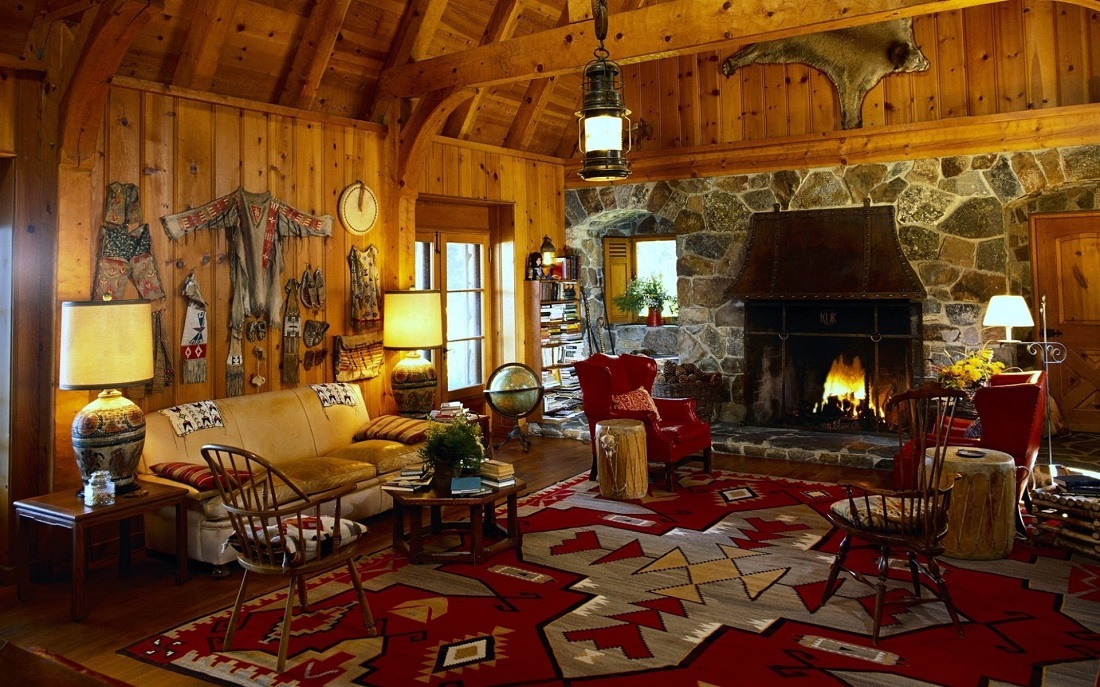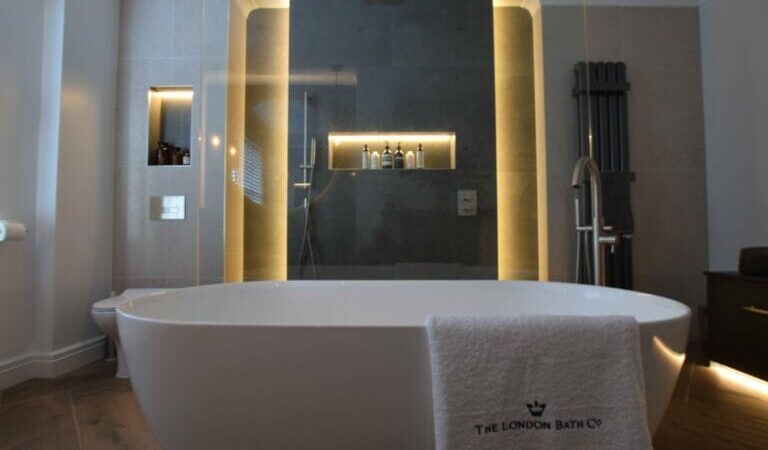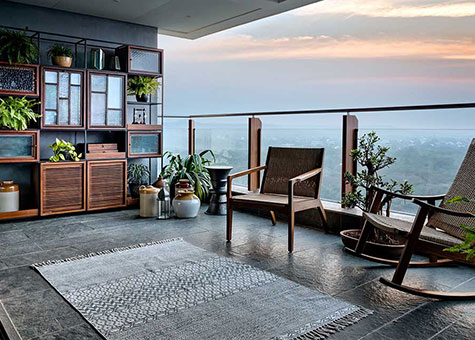Kindling Conversations: Antique Fireplaces as Gathering Points in Historical Homes

In a world that’s become increasingly digital and fast-paced, there’s a charming allure in slowing down and savoring the warmth of human connection. In historical homes across Britain, antique fireplaces have long served as more than just sources of heat; they’ve been the heart and soul of gatherings, sparking conversations that transcend generations. Today, we delve into the rich history and enduring appeal of antique fireplaces, exploring why these time-honored architectural wonders continue to kindle conversations and foster a sense of togetherness.
The Expert’s Insight
To gain a deeper understanding of the magic behind antique fireplaces as gathering points, we recently sat down with an expert from ThornhillGalleries, one of Britain’s foremost authorities on antique fireplaces. This expert, with years of experience in the field, painted a vivid picture of why antique fireplaces are such cherished pieces in historical homes.
According to our expert, antique fireplaces have always been more than utilitarian fixtures. They represent a tangible link to the past, bearing witness to centuries of stories, secrets, and shared moments. These hearths have seen families gathered around, lovers stealing moments of intimacy, and friends bonding over tales of adventures.
Our expert pointed out, “Antique fireplaces have this incredible ability to draw people in, to create a focal point that encourages conversation and connection. It’s as though they emit a kind of magnetic charm that compels people to come closer, sit down, and share stories.”
So, let’s embark on a journey through time and explore why antique fireplaces have been, and continue to be, the quintessential gathering spots in historical British homes.
A Glimpse into History
The history of antique fireplaces in Britain is intertwined with the evolution of architecture and society itself. These fireplaces first made their appearance during the medieval period when the primary purpose was to provide heat and cooking facilities. They were often simple, utilitarian structures, predominantly made of stone or timber.
As the centuries passed, the design and purpose of fireplaces evolved. During the Tudor and Elizabethan eras, fireplaces became more ornate and were often made of stone or carved oak. They were still primarily functional but also served as symbols of wealth and status. The grandeur of these fireplaces was an expression of one’s social standing, and they were often the centerpieces of the home.
The 17th century marked a significant shift in fireplace design with the introduction of the “Inglenook” fireplace, a large, open hearth built into the room. These hearths created a cozy, communal space where families and guests could gather. The large openings allowed for better visibility of the flames, adding to the captivating ambiance.
By the 18th century, the Georgian era brought a newfound appreciation for aesthetics and craftsmanship. Fireplaces became more elaborate, adorned with intricate carvings and decorative tiles. The fireplace mantel itself became a canvas for artistic expression, featuring intricate designs that often told a story.
During the Victorian era, fireplaces continued to be a focal point of homes. They reflected the prevailing styles of the time, from the ornate and elaborate designs of the early Victorian period to the more understated and elegant designs of the late Victorian era. The Victorian fireplace was not only a source of heat but also a symbol of domestic comfort and refinement.
The Gathering Spot
One cannot truly appreciate the significance of antique fireplaces without understanding their role as gathering points in historical homes. These hearths were not just sources of warmth; they were the epicenters of social interaction.
Warmth and Comfort: In the days before central heating, antique fireplaces provided a literal and figurative warmth to homes. People naturally gravitated towards the fireplace to escape the chill, wrap themselves in blankets, and enjoy the cozy embrace of the fire. It was around the fireplace that families would huddle during long winter evenings, sharing stories, playing games, and finding solace in each other’s company.
Conversations by the Firelight: The soft, flickering glow of the firelight created a mesmerizing ambiance that encouraged intimate conversations. Couples would steal moments of romance by the hearth, while friends and family would gather to recount their day’s adventures. The fire’s crackle and pop served as a soothing backdrop to the exchange of words and laughter.
Decoration and Display: Antique fireplaces were often adorned with cherished family heirlooms, photographs, and mementos. They served as natural display spaces for treasured objects and works of art. The mantelpiece, in particular, became a canvas for showcasing one’s tastes and interests, providing a conversational focal point.
A Sense of Tradition: Antique fireplaces carry a sense of tradition and history. Generations of families have gathered around the same hearth, creating a profound connection to the past. This continuity of use imparts a deep sense of nostalgia and belonging.
Architectural Focal Point: In many historical homes, the fireplace was strategically placed as the centerpiece of a room. Its design and craftsmanship demanded attention, making it a natural gathering point. Guests would often be drawn to the fireplace as they entered a room, sparking initial conversations and interactions.
The Timeless Appeal
So, what is it about antique fireplaces that keeps them relevant in the 21st century? Despite the availability of modern heating solutions, the allure of these historical hearths endures.
Aesthetic Beauty: Antique fireplaces are exquisite works of art. Their intricate carvings, elegant mantelpieces, and fine craftsmanship make them statement pieces that add character and charm to any space. In today’s world of minimalist design, the ornate beauty of antique fireplaces stands out as a testament to the past.
Connection to History: Owning an antique fireplace means owning a piece of history. It’s a tangible link to the past, carrying with it the stories and experiences of those who have gathered around it over the centuries. This connection to history can be a source of pride and fascination.
A Cozy Ambiance: The warmth and ambiance created by a crackling fire cannot be replicated by modern heating systems. The soft, dancing flames and the gentle heat they emit create a sense of comfort and relaxation that is unparalleled.
Fostering Human Connection: In an era dominated by screens and social media, antique fireplaces offer a physical space for people to come together, talk, and connect. They serve as a reminder of the value of face-to-face interactions and the simple pleasure of engaging in meaningful conversations.
Sustainability: Antique fireplaces, often made from durable materials like stone and oak, can be more sustainable options compared to their modern counterparts. Their longevity and timeless design mean they can be cherished for generations, reducing the need for frequent replacements.
Preserving the Legacy
Preserving and restoring antique fireplaces is not only an act of historical preservation but also a celebration of British heritage. As the expert from Thornhill Galleries emphasized, “Restoration work is crucial in ensuring these architectural gems continue to kindle conversations for years to come.”
Restoration involves carefully repairing and refurbishing antique fireplaces to bring them back to their former glory. This process may include cleaning, repairing damaged components, repainting or regilding, and ensuring that the fireplace functions safely and efficiently. Professional restoration not only enhances the beauty of these fireplaces but also ensures their longevity.
Conclusion
Antique fireplaces have transcended their functional origins to become symbols of connection, tradition, and timeless beauty. In historical homes across Britain, these hearths have witnessed generations of laughter, love, and storytelling. They serve as a reminder of the importance of human connection in an increasingly fast-paced world.
As we cherish the legacy of antique fireplaces, we also embrace their enduring appeal. These architectural wonders continue to kindle conversations, fostering a sense of togetherness that is as relevant today as it was centuries ago. Whether as a centerpiece of a room or a cherished family heirloom, antique fireplaces hold a special place in our hearts and homes, reminding us of the value of warmth, history, and the art of conversation.






